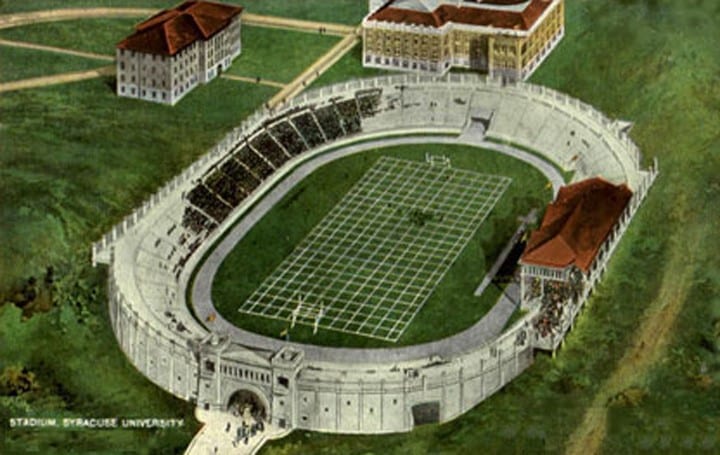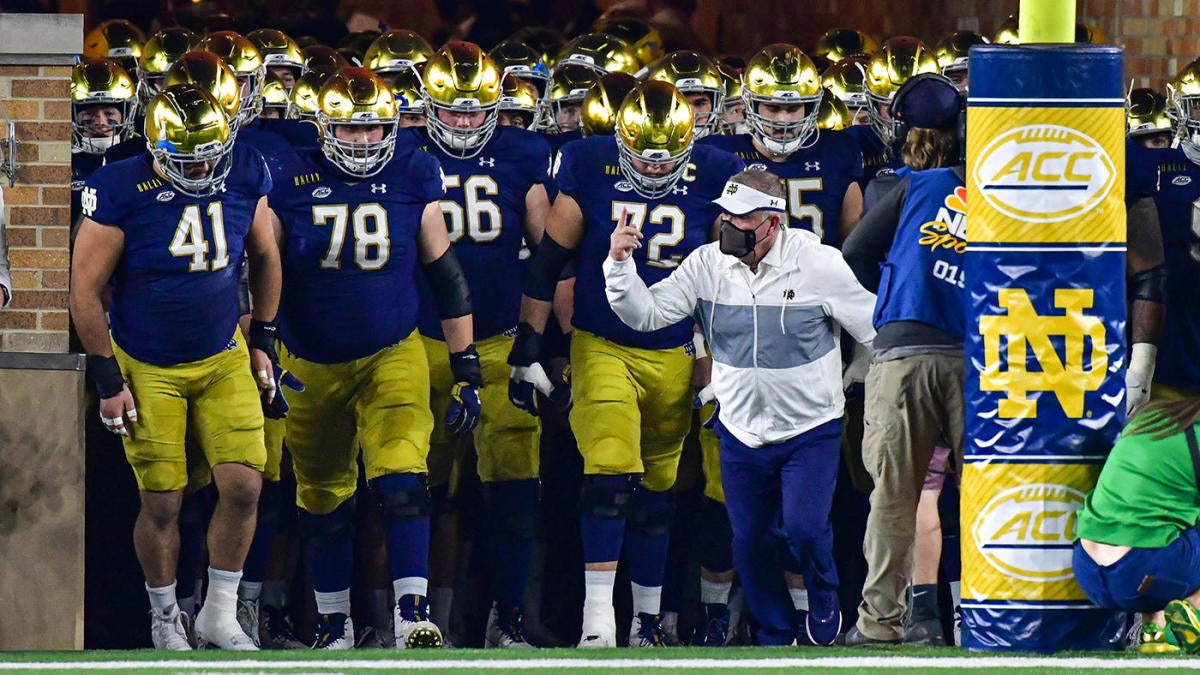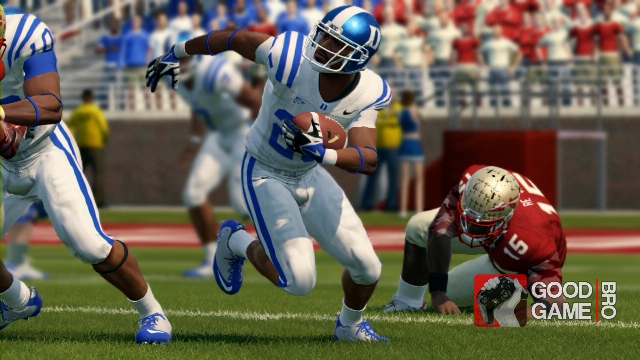Fbs Football Definition
Division 1 football teams are classified in one of two subdivisions: FBS and FCS. The most elite teams are found in the FBS subdivision. These schools are allowed to give out 85 full-ride scholarships, and usually attract five-star and four-star recruits at the top of their game. UAB and New Mexico State were the only FBS schools to self-generate less than $10 million that were not in the MAC or Sun Belt. Chart below DI rank is the school's ranking on the list of reporting. In FCS programs, football is classified as an equivalency sport, and programs are allowed to give partial scholarships amounting to a total aid of 63 athletic scholarships. Division 1 FBS football is the only NCAA sport to determine a champion through a series of bowl games, and not through a. But perhaps the most common distinction you'll see in college football is the FBS and the FCS. The abbreviations are simple: Football Bowl Subdivision and Football Championship Subdivision. Football Bowl Subdivision, formerly known as Division I-A, an American football classification for NCAA collegiate football Friern Barnet Secondary School, Barnet, UK Fukuoka Broadcasting Corporation, a TV station in Japan, referred as FBS, acronym of Fukuoka Broadcasting System.
NCAA divides most of its sports into three divisions: Division 1 (D1), Division 2 (D2), and Division 3 (D3). Divisions have been put in place to level the playing field by pairing similar sized programs in competition. Every school chooses what division it wants to play in, but must meet specific NCAA division standards and generally must play in the same division for all sports. Most athletes and their families are familiar with D1 sports because those are usually televised. However, only a very small percentage of high school athletes will play at the D1 level - in football, only 1 in 100 high school players actually play D1 football. Playing football at any level is actually mostly similar, but different divisions will lead to some different experiences. You should know the differences between the divisions if you are going through the recruiting process.
While there are clear differences in the average school in each division, there is significant overlap between the top of each division and the bottom of the next division up. In every category, the experience at top schools in one division is similar to an average school the next division up, and the bottom schools in each division are similar to an average school the next division down.
Division 1 Football
For football only, D1 competition is further divided into Football Bowl Subdivision (FBS) and Football Championship Subdivision (FCS).
Football Bowl Subdivision
Fbs Football Playoff
FBS is the top level of collegiate football competition. It is comprised of 129 programs from large, mostly public, universities (with some exceptions such as Notre Dame, Northwestern, and Stanford), and includes all major teams and conferences. FBS games are televised nationally with 12 regular season games and a potential of a bowl game for teams that win 6 or more games. The FBS National Champion is decided through a 4 team playoff bracket with the two winning teams playing for the Championship. Athletes who play in the FBS will usually play in large stadiums of between 20,000 and 115,000 person capacity.
FBS schools recruit nationally and are very selective, with only 1 in every 100 high schoolers recruited to play there. Players wanting to play at the D1 level must meet the GPA requirements for recruitment (see article). Each program is capped at 85 scholarships per team and each team can recruit up to 25 scholarship players per year - however, each recruiting class typically has between 15 and 20 scholarship players. The NCAA requires that each scholarship must be awarded to a single individual and cannot be divided among several players. The teams have a roster of between 100-120 players and a staff of 30-50 people dedicated to football, with football-only strength staff, medical staff, recruiting staff, academic staff, and operational staff.

The gap between the biggest programs and the smallest is large. The University of Alabama spends $57 million more per year than the smallest program, University of Louisiana - Monroe. They spend $62 million and $5.4 million per year respectively.
Football Championship Subdivision
FCS is the second highest level of collegiate football. This division is comprised of 124 mostly medium-sized public institutions. Games are sometimes on cable channels but are often available with a high-quality online broadcast. The teams play 11 regular season games followed by a 24 team playoff bracket. Athletes in the FCS will usually play in stadiums of between 5,000 and 25,000 person capacity.
Like the FBS, FCS programs are highly selective and only about 1 in every 40 high school football athletes will play in the FCS. Like FBS schools, FCS schools also have to follow the academic requirements set by D1 (see article). Most of the programs focus their recruitment regionally, but some schools such as those in the Ivy League will recruit nationally. The programs are capped at 63 scholarships and each team can give up to 30 scholarships to incoming players per year (Ivy and Pioneer leagues do not offer athletic scholarships). Unlike the FBS, FCS scholarships can be divided into partial awards, but most players get a full ride. The teams have approximately 11 full-time coaches and a roster of about 80 to 110 players. The teams typically share facilities and other resources such as the medical and academic staff with the rest of the athletic department.


The gap between the biggest and smallest programs in FCS is also large. James Madison spends the most money ($10 million) per year on their program, which is more than 25% of FBS schools. While 35 FCS programs spend less than $3 million per year.
Division 2 Football
D2 football is comprised of smaller football programs (mostly regional public schools) that still offer some scholarships. The division hosts 169 football teams that play 11 regular season games and a 28 team playoff bracket. Most of the teams have a stadium capacity of between 5,000 and 15,000 seats and their games are mainly covered online.
Division 2 football teams are selective in the players their recruit, with only 1 in every 20 high school athletes making it to D2. Each athlete must also meet the GPA requirements set by the division (which are lower than D1, see article). Teams mostly recruit regionally and offer up to 36 full scholarship equivalents. While there is a cap at 36 full scholarships, each of those can be split up any way the school would like. For example, a school can give 36 full scholarships or 72 half scholarships. They can also give 30 full scholarships and 10 half scholarships and 4 quarter scholarships, etc. Additionally, many schools and conferences offer less than the full 36 scholarships. The teams have a typical roster size of between 100 to 140 players and a smaller staff when compared to D1 (comprised of a mix of full-time and part-time coaches). D2 football teams share facilities and support staffs with the rest of the athletic department.
The difference between the biggest and smallest programs are much smaller at the Division 2 level. 70% of programs spend between $1 million and $2 million per year. The program that spends the most, Northwest Missouri State, spends $3.6 million per year.
NAIA Football
National Association of Intercollegiate Athletics (NAIA) football consists of schools that are not associated with the NCAA. These schools are typically similar to NCAA D2. While there are NAIA schools in 24 different states, 69 of the 92 total NAIA schools are located in 11 states: Kansas (13), Iowa (9), Kentucky (7), Illinois (6), Missouri (6), Florida (6), Montana (5), Nebraska (5), North Dakota (4), Indiana (4), and Texas (4). NAIA has its own academic requirements that must be met before an athlete can receive an offer (see article).
What Does Fbs And Fcs Stand For
Division 3 Football
D3 football consists of the smallest NCAA football programs and does not offer athletic scholarships. The programs in D3 are mostly small private schools with a few small public schools competing as well. The division hosts 249 football teams that play 10 regular season games with a 32 team playoff bracket format. Most of the teams have a stadium capacity between 2,000 and 5,000 seats and the games are covered online.
Division 3 teams are still pretty selective, with only 1 in 13 high school players making it onto a team. While not mandated by the NCAA, Division 3 schools have some of the toughest GPA requirements because of the academic caliber of schools in the division (see article). These schools focus largely on regional recruits. While D3 schools do not offer athletic scholarships, they combine need-based financial aid with academic scholarships in order to reduce the cost for their athletes. In many cases, the combined financial package from a D3 school can be a better deal than a small athletic scholarship from a D2 team. The teams can have a large roster size of over 150 players, with a large percentage comprising of freshmen athletes because many D3 players quit during or after their freshman season. Like D2 schools, D3 programs tend to have a smaller staff with a mix of full-time and part-time coaches. The facilities and support staff are shared across the athletic department and sometimes with the general student body.
Only two D3 schools spend more than $1 million per year (Mary-Hardin Baylor and the University of St. Thomas), and most D3 schools are pretty even with over 80% spending between $300K and $700K per year.

Junior Colleges and Postgraduate Schools
Junior Colleges (JC) and Postgraduate Schools (PG) can be a viable option for athletes who believe they are being under-recruited or athletes that do not have the grade point average that meets minimum requirements set by each of the NCAA divisions. These two options enable athletes to showcase their talents while they improve their skills, grades, and overall college readiness.
If you are a good athlete but your grades are not good enough, PG and JC schools are a good option to qualify and get recruited. PG programs will only make a small change to your GPA, so PG schools are best if you are very close to meeting the minimum requirements or if you can significantly improve your ACT/SAT test scores. JC’s are different, after 2 years and earning an AA degree, your high school grades and test scores will not matter for most schools. This can be a good option for athletes that are not close to the grades they need to qualify.
It is realistic for the average athlete’s recruiting interest to increase by one division from what they are getting out of high school, but it is not a guarantee. In most cases, it is best not to pass up existing scholarship offers in order to attend a PG or JC program with a hope that your options will improve, because they may stay the same or get worse. Additionally, both JC and PG options can be especially good for players that get injured before or during their senior year.
There are 133 JC schools and 84 PG schools and their scholarships are usually based on financial needs.
Takeaways
Fcs Football Definition
All football divisions are very selective and few athletes end up playing at any collegiate level
Division 1 schools are the most selective and athletes and their families should know about the other options
Only divisions 1 and 2 offer athletic scholarships
Do not focus only on the big schools, because you may only receive offers from smaller schools. Keep your options open and visit schools from each division
Junior College and Postgraduate programs are viable options for athletes that do not academically qualify or have been injured during their senior year